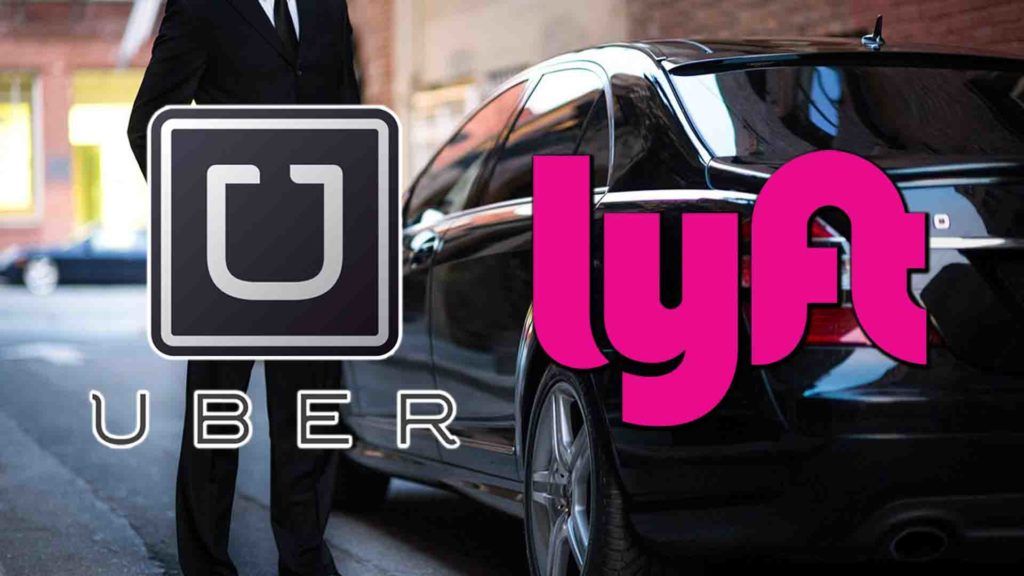Since Uber (and Lyft) will be sharing the roadways with us Upstaters in the coming months, it’s worth taking a look at the company’s recent shenanigans.
Uber. The name is almost synonymous with ridesharing and startup success. Until recently, it was perhaps even poised to become so successful that the brand name itself would take on a common noun for ridesharing and disruptive technology. Talk to any entrepreneur or programmer with a half-baked idea and no doubt the words “Uber of _____” have been uttered in describing how their startup is going to take over the world. And for good reason, Uber dominated the startup scene raising billions of dollars and experiencing much success in its regulation-bending land-grab.
Uber has always had a  problem with profitability, but so did Amazon. Now it’s important to distinguish that Amazon sells goods whereas Uber is a service (which doesn’t scale as easily), but as long as it keeps showing a plan for profitability investors seem willing to roll the dice. Meanwhile Uber is growing its customer base and reaping the benefits of investors who keep pumping cash into the company on a scale which rivals the GDP of countries like Rwanda and the Republic of Congo (seriously…look it up). Profitability it would seem (or the lack thereof), isn’t going to stop Uber. It’s business model after all is built on complete global disruption of the taxi market.
problem with profitability, but so did Amazon. Now it’s important to distinguish that Amazon sells goods whereas Uber is a service (which doesn’t scale as easily), but as long as it keeps showing a plan for profitability investors seem willing to roll the dice. Meanwhile Uber is growing its customer base and reaping the benefits of investors who keep pumping cash into the company on a scale which rivals the GDP of countries like Rwanda and the Republic of Congo (seriously…look it up). Profitability it would seem (or the lack thereof), isn’t going to stop Uber. It’s business model after all is built on complete global disruption of the taxi market.
Step 1: global domination. Step 2: figure out how to make a profit.
 And why not? Taxi’s are probably about as popular as congress and we all love to throw around our capitalism lexicon— Free-markets! Deregulation! Disruption! Innovation! You get the idea. It’s easy to love the romanticized idea of Uber.
And why not? Taxi’s are probably about as popular as congress and we all love to throw around our capitalism lexicon— Free-markets! Deregulation! Disruption! Innovation! You get the idea. It’s easy to love the romanticized idea of Uber.
But times they are a changing and 2017 hasn’t been nearly as merciful to Uber. In fact, to put it bluntly, it’s been a terrible, horrible, no good, very bad start to 2017 for the once-poised Taxi-disrupting monopoly. Now on the plus side, 2017 finally gave Uber the green light to enter the Upstate New York market after spending millions of dollars on lobbying and public relations campaigns. But short of its conquest of the New York State legislature, Uber’s challenges seem to be mounting quickly. And since Uber (and Lyft) will be sharing the roadways with us Upstaters in the coming months, it’s worth taking a look at the company’s recent shenanigans.
The New Year rang in for Uber with a plethora of public relations problems. It’s strategy for intentionally skirting regulations hit the papers shedding some light on just how Machiavellian the company can be. Uber’s millennial base then became enraged when Uber’s CEO joined President Trump’s Advisory Council—ultimately resulting in his resignation from the Council in February. Oh yeah, and there’s that video of Uber’s CEO accosting a non-employee-Uber-employee over falling fares and competition. Add in crossing a picket line with New York City taxis protesting Trump’s immigration ban which caused #DeleteUber to trend on Twitter and you’re doing a bang-up job. Maybe it’s just me, but perhaps some of that Upstate lobbying money could have been better spent.
Meanwhile, Uber finds itself in the middle of a crisis surrounding its toxic work culture for employees. Accounts of blatant sexism and sexual harassment from a former female employee, stories in the New York times about Uber’s aggressive and unrestrained culture, an inspiringly tone-deaf company value of “always be hustling”, and an HR department which apparently is ambivalent at best. It’s easy to conjure up a picture of an office environment that resembles William Golding’s Lord of the Flies. It’s no surprise that Uber investors Mitch Kapor and Freada Klein have recently gone public to criticize management and culture of a company they no longer feel able to influence in a positive way.
But at the end of the day this is about making money, right? Well even if you’re able to set aside the moral and ethical indiscretions, Uber’s path to profitability is also getting increasingly less clear.
One path considered critical to the company’s long term strategy, autonomous vehicles, just got sidelined. Autonomous vehicles were seen as a way to reduce Uber’s cost of labor (i.e., drivers) while increasing margins. Unfortunately for Uber one of its test vehicles in Arizona was involved in a motor vehicle accident in late March resulting in Uber suspending the test program for at least the time being.
Uber’s good fortunes are also sustaining setbacks at the international stage. After essentially giving up on China and losing the battle in India, Uber is about to lose further ground to its largest competitor. Pitchbook reported this past week that Didi Chuxing, a Beijing-based ridesharing company is closing in on the largest VC round ever. Any hopes of Uber winning the global land-grab for ridesharing without a serious fight is fading fast. All this while Uber’s largest domestic competitor Lyft is projected to hit profitable this year. Advantage Lyft.

It’s no wonder that Uber’s good-will in the investor world is starting to become strained. Aside from its own investors issuing public criticism of the company, CB Insights appears determined to highlight every one of Uber’s missteps— characterizing the Company’s profitability strategy as a “Ponzi scheme of ambition”, a “non-strategy strategy”, and most recently asking subscribers “if you could buy into Uber now at a $50B valuation (its last financing was at $68B so this is a discount), would you?” I look forward to seeing the results of that poll!
Now none of this is meant to say that ridesharing itself is at risk. If Uber has succeeded at anything it has proven that its technology is a vast improvement (even if its business practices haven’t always mirrored that) to an otherwise stagnant industry. It would also be shortsighted to think that Uber is flatlining (at least yet). Facing adversity, persevering, pivoting and finding a way to make a company profitable is what being an entrepreneur is all about. Investors put money into exactly that– a team they believe can face these challenges and create value and a return.
It can’t be denied though that 2017, perhaps for the first time, has given Uber some real challenges that are shaking its very foundation. How it learns from those challenges and adapts will ultimately determine whether 2017 was just a bad year or the beginning of the end for the ridesharing tech giant.
Welcome to Upstate.


